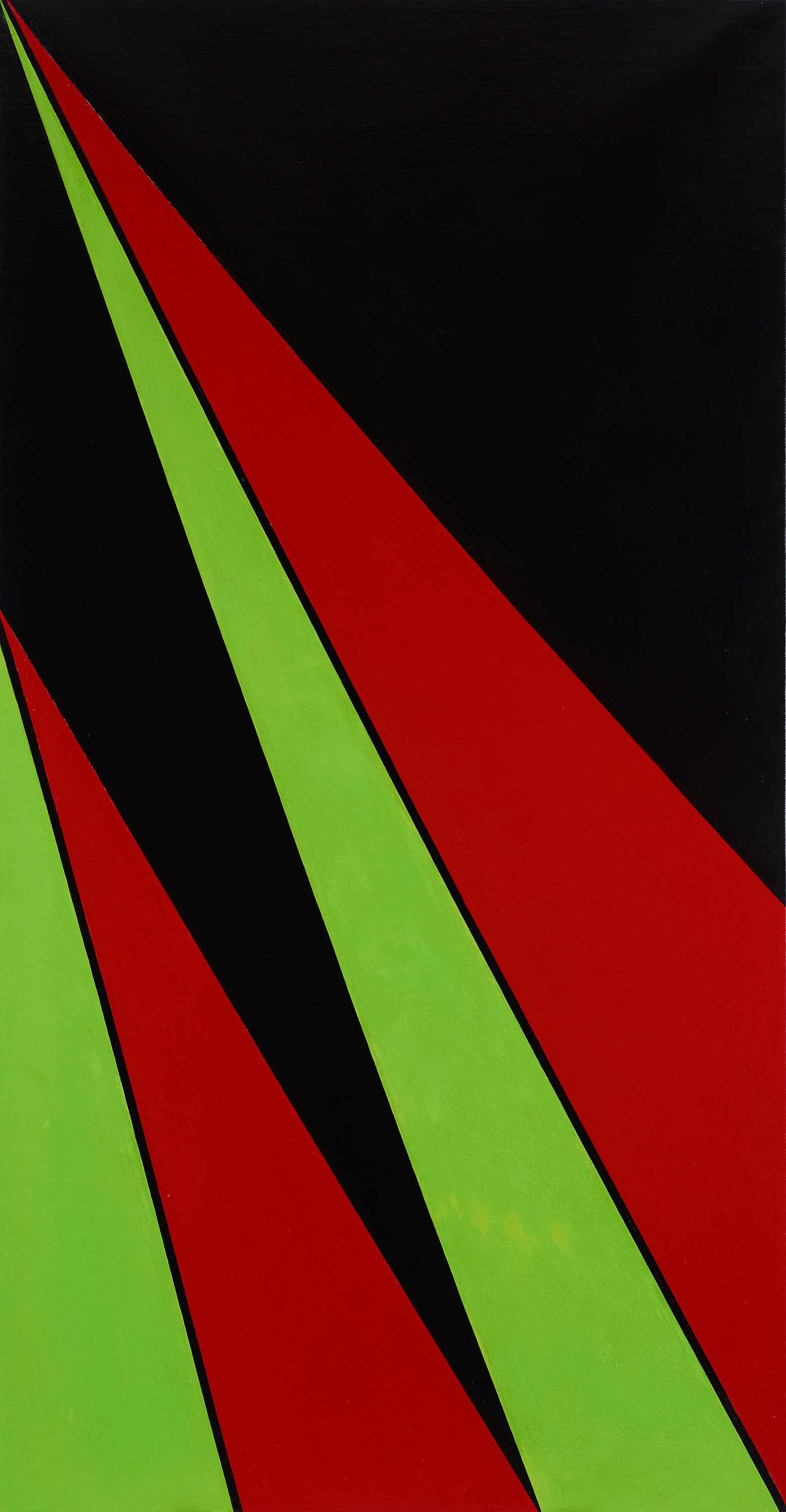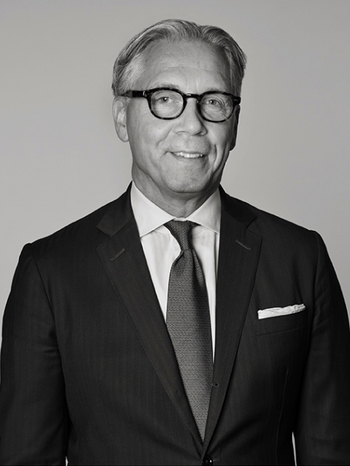Modern Art + Design presents: Olle Baertling
Olle Baertling
"AGUIBA"
Bukowskis presents Olle Baertling at Modern Art + Design. Viewing the 12th to the 16th of May, Auction the 17th and 18th of May.
Like many other artists, Baertling encountered criticism in his time. For a long while in Sweden he was seen as “the constantly controversial banker who was trying to paint” despite the fact that, unlike many contemporary artists, his reputation extended far beyond the borders of his homeland during his lifetime.
Browse and bid

The banker who became an artist
Baertling’s painting developed step by step from figurative to non-figurative from the 1940s onwards. When borders opened up after the Second World War Baertling, like many others, travelled to France-the stamping ground for new art.
The 1950s were the decade that set the tone for Baertling. In the early years, he took longer and longer leaves of absence from his banking job at Skandinaviska Banken and travelled to Paris. There, in the Mecca of art, he encountered the new winds that were blowing through the art world at the Salon des Réalités Nouvelles and sought out artists such as André Lhote, Fernand Léger, Victor Vasarely, Richard Mortensen and Auguste Herbin. The latter became vital to his continued artistic development, introducing Baertling to the far-sighted gallery owner Denise René, who immediately installed him in her “stable of Constructivists”..
The latter became vital to his continued artistic development, introducing Baertling to the far-sighted gallery owner Denise René, who immediately installed him in her “stable of Constructivists”.

”Baertling preferred artificial shades of colour which did not conjure up associations with nature and considered black to be a magical colour; light, happy and beautiful.”
Léger often drew inspiration from nature, taking butterflies, flowers and aquatic plans for his subjects.
In “L'Étoile de mer”, the dominant forms are painted with strong, unmixed paint in red, blue and yellow, in some places bordered by sharp, black contours against a green and grey background.
Rather than simply depicting nature, Léger was interested in exploring the language of colour in its most extreme and purest form by reducing its vocabulary simply to colour and shape.
Black – a magical colour
Baertling preferred artificial shades of colour which did not conjure up associations with nature and considered black to be a magical colour; light, happy and beautiful.
Art historian Gunnar Berefelt described the impact of the colours on each other as follows:
“The contrast at borders should probably be asserted as the most striking and active effect. In Bærtling’s art, when two colours gain a sufficiently long and distinct boundary, they seem to alternately encroach into the domain of the neighbouring colour. Just at the boundary line, both colours oscillate, flutter.”
Verket säljs på Modern Art + Design 17 – 18 maj
Visning 12 – 16 maj, Berzelii Park 1, Stockholm.
Auktion Live 17–18 maj, Arsenalsgatan 2, Stockholm.
Katalog Online 3 maj.
Läs mer om auktionen

Förfrågningar & konditionsrapporter Kontakta specialist

Stockholm
Andreas Rydén
Head Specialist, Art, Deputy Managing Director
+46 (0)728 58 71 39

Stockholm
Lena Rydén
Head of Art, Specialist Modern and 19th century Art
+46 (0)707 78 35 71

































